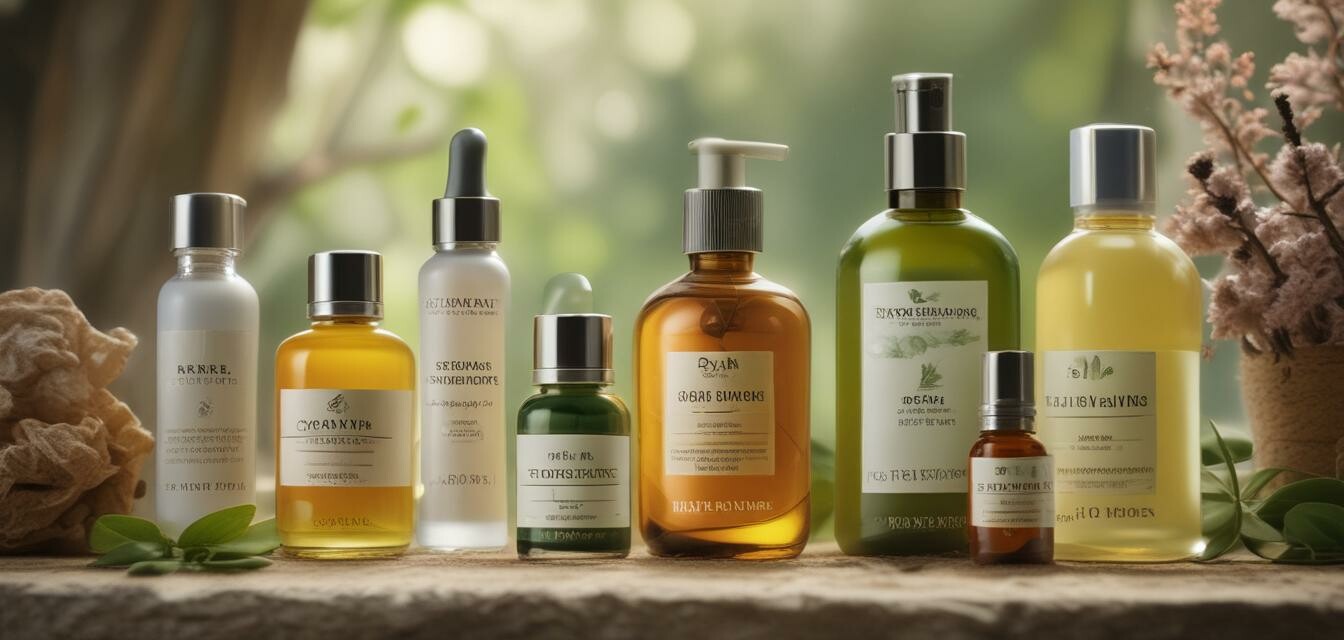
Tips for Mixing and Matching Skincare Products
Key Takeaways
- Understanding your skin type is crucial for mixing products.
- Layering products in the correct order enhances effectiveness.
- Always patch test new combinations to avoid adverse reactions.
- Look for compatible ingredients that synergize well.
- Customize your routine based on your skin's daily needs.
In the realm of skincare, the art of mixing and matching products can lead to a tailored routine that caters to your unique skin needs. With a myriad of organic options available, finding the right combination can help maximize your results and elevate your natural glow. This article will guide you through essential tips for effectively mixing and matching your skincare products.
Understanding your skin type
Before diving into the world of product combinations, it's essential to identify your skin type. Understanding whether your skin is oily, dry, combination, or sensitive will guide you in selecting the right products that work harmoniously together.
Common skin types
| Skin Type | Characteristics | Recommended Ingredients |
|---|---|---|
| Oily | Shiny, prone to breakouts | Salicylic Acid, Tea Tree Oil |
| Dry | Flaky, rough texture | Hyaluronic Acid, Glycerin |
| Combination | Oily in some areas, dry in others | Jojoba Oil, Aloe Vera |
| Sensitive | Reactive, prone to redness | Chamomile, Calendula |
Layering products correctly
The order in which you apply your skincare products can significantly affect their performance. Generally, the rule is to apply products from thinnest to thickest consistency. Here is a simple breakdown:
Product application order
- Cleanser
- Toner (if using)
- Serum
- Moisturizer
- Oil or Treatment
- Sunscreen (for morning routine)
Choosing compatible ingredients
To maximize synergy and results, it's crucial to select products with compatible ingredients. Here are some popular pairings that you can safely combine:
Ingredient combinations to consider
- Vitamin C + SPF: Use Vitamin C serum in the morning before applying sunscreen for protection against UV damage.
- Hyaluronic Acid + Moisturizer: This duo helps to lock in moisture for hydration.
- Niacinamide + Retinol: Great for reducing the appearance of pores and evening out skin tone.
- AHA/BHA + Moisturizer: Helps to exfoliate and hydrate the skin, keeping it smooth and radiant.
Patch testing new combinations
Until you're familiar with how your skin reacts to the new mixtures, patch testing is imperative. Apply a small amount of each product on your inner wrist and wait 24 hours:
If irritation occurs, discontinue use. It's better to be safe than sorry!
Adapting your skincare routine
Your skin's needs can change due to different factors such as climate, diet, and stress. Hence, being adaptable in your skincare routine is crucial. Here are some tips to modify your routine:
Tips for adapting your routine
- In cooler months, opt for richer moisturizers.
- In hot weather, consider lighter gels or oils.
- Switch your exfoliating products based on sensitivity levels.
- Incorporate calming ingredients during times of stress.
Pros
- Enhanced performance of skincare products.
- Opportunity for personalized skincare solutions.
- Improved skin texture and tone.
- Empowerment in skincare routines.
Cons
- Risk of skin irritation if products clash.
- Time-consuming to test various combinations.
- May require extensive research on compatibility.
Conclusion
Mixing and matching skincare products is both an art and a science. By understanding your skin type, layering properly, choosing synergistic ingredients, and patch testing, you can create a skincare routine that not only caters to your skin's needs but also provides optimal results. Remember that your journey in skincare is personal and evolving. For more detailed skincare routine tips, check out our Skincare Routine Tips category.


